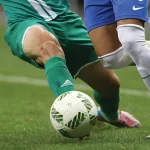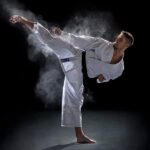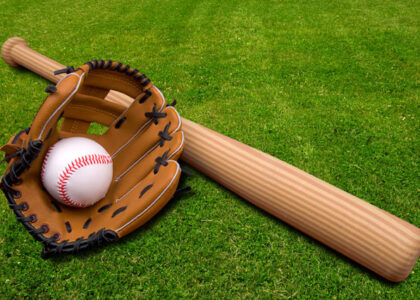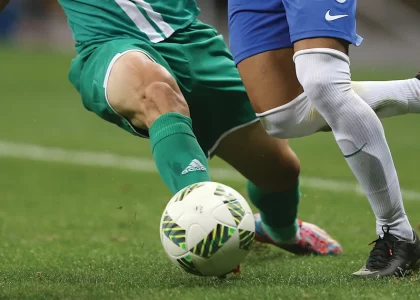The phrase “Oriental martial arts” is often used as a synonym for “Martial arts”, but this is not entirely true. Martial arts are martial arts common in the east: Japan, China, Korea, Vietnam, Thailand and others.
All sports are quite traumatic, but martial arts is far from the most dangerous sport. According to statistics, various types of martial arts are ranked 17-27 in terms of injury, and such a type as Aikido, due to the ban on competitions in the form of duels (the main source of injuries), is generally one of the safest sports.
Those engaged in martial arts, as a result of moderate physical exertion, activating the body’s defense mechanisms and increasing immunity, are much less susceptible to various diseases. In addition, martial arts develop those involved not only physically, but also significantly increase mental performance.
Variety of martial arts
In the East as a whole, and primarily in China, a number of martial arts based on religious and philosophical factors have been formed. Unlike Europeans, for whom the protection of their own and public interests is at the forefront in martial arts, for the representatives of the East, the spiritual aspect has become fundamental – martial arts have become a way of self-improvement, a means of realizing oneself as part of world harmony.
Oriental martial arts, based on a symbiosis of philosophical and moral principles, consider martial arts techniques as a means of psychophysical regulation and achieving a higher goal – self-improvement. It was martial arts that introduced the concept of “art” in relation to martial arts.
Japan
Japanese martial arts focused on the moral and spiritual development of warriors (samurai). The concept of “before” (way) is a fundamental moral principle of martial arts. The main ways to develop fortitude were following the ritual, concentration, and meditation.
Physical improvement was the second component of martial arts and obliged the warrior to develop endurance and strength, carefully hone techniques, develop instinctive reaction and coordination of movements. The true schools of martial arts in Japan carefully preserve the traditions and morality in the education of warriors.
China
Almost all Chinese martial arts are related to wushu. Wushu was originally exclusively military training. That is why working with weapons was the main thing in wushu, unlike fisticuffs – quanfa (fisticuffs – quanshu).
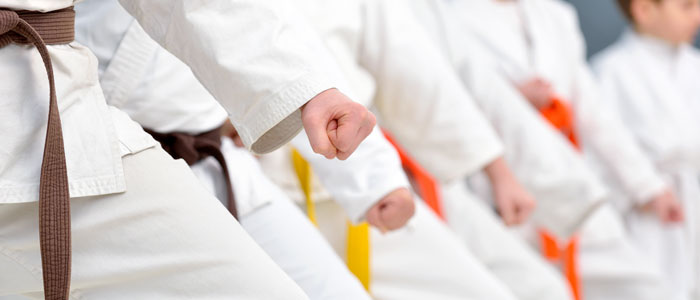
The main types of weapons that have been used in wushu up to the present time were known as early as the Shang-Yin era (XIV-XI centuries BC) – these are swords, axes, halberds, spears, daggers, picks, tridents. Over time, the weapon lost its applied value and was transformed into a badge of distinction or a ritual attribute.
Korea
Such martial arts originating from Japan as Judo and Kendo are very popular in Korea.
Hapkido, Guksulwon, Taekken, Yusul are the main types of martial arts in Korea. But the first in popularity among Korean types of martial arts, not only in Korea, but throughout the world, is Taekwondo (Taekwondo), created in 1955 thanks to General Choi (Choi) Hong Hi.
Taekwondo translates as “the way of the hand and foot”. This combined form of martial arts, along with the revival of the ancient Korean martial art, has incorporated karate techniques that complement the technical arsenal and make it harmonious.
Vietnam
The martial arts of Vietnam are united by the term “wo”, which includes breathing exercises, wrestling, fisticuffs, and work with weapons. China had a huge influence on the formation of Vietnamese martial arts styles.
Of the folk types of martial arts, one can single out the original style of martial arts Kim ke (golden rooster), which arose as a result of observing cockfights. Vietnamese versions of Shaolin martial arts are called Thieu Lam. As part of thieu lam, styles of southern Chinese wushu are practiced, such as hongjiaquan, luohanquan, yunchun (wingchun).










